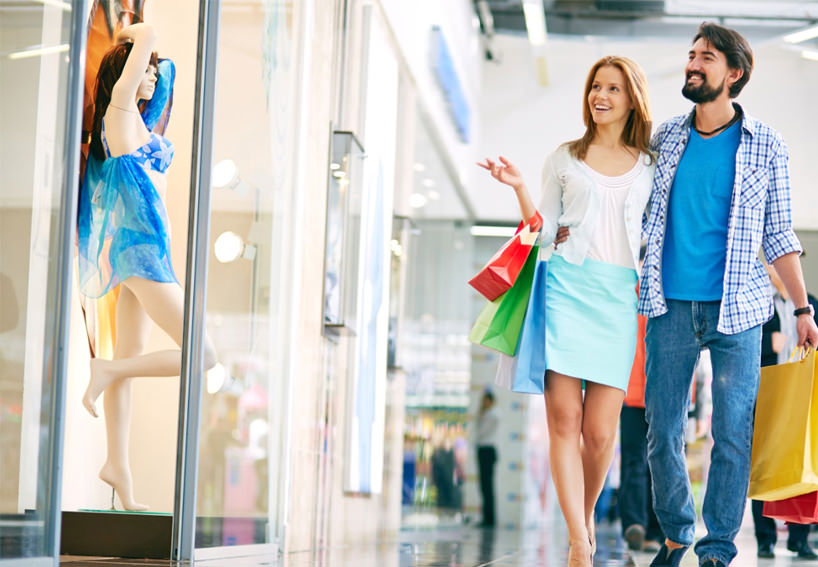
Four trends changing retail and what it means for commercial real estate: Part 1
Last week we looked at some recent retail transactions in Boulder that suggest quite a change to Boulder’s landscape. In this post, we explore some trends changing retail and what this means for commercial real estate investors, particularly in Boulder.
There is no question that online shopping continues to grow. In 2010, there were 34 billion visits to U.S. stores. By 2013, there were 17.6 billion (according to Elite Wealth Management). But other trends suggest that retail is not dying, but just shifting its role.
It is critical for commercial real estate investors to understand the factors – including product, industry and location – which determine the role of brick-and-mortar retail as they consider investment opportunities.
1. Showrooming and Webrooming
Showrooming describes the process of consumers researching products in-store, but ultimately purchasing online. This is common among price-conscious consumers. They still desire a physical touch-point in their research, but will shop around for the lowest price online. A Harris poll reveals about 46% of consumers showroom. Retailers have responded with store pick-ups, where consumers purchase online, but pick up in-store. The process ensures a physical visit the store and increases the possibility of a shopper purchasing other items when they arrive. Others, particularly in the fashion industry, are adapting by opening small showroom stores where customers can become familiar with the brand’s products in-person, but make purchases from a broader selection online. Price matching is another strategy for retailers who want to compete with ecommerce.
Webrooming describes the opposite. Consumers research products online, but ultimately purchase in-store. This is common for products that consumers prefer to touch, try on, or interact with, such as furniture, sporting goods, clothing or cosmetics. Webrooming is also more common in cities and towns where retail options are plentiful and easy to access. For retailers who might benefit from webrooming shoppers, it is important to have above-average customer service and an in-store experience that sets them apart from online competitors. Which leads to our next retail trend…
2. Experiential Retail
Experiential retail describes the ways in which businesses create unique in-store experiences to attract shoppers and distinguish themselves from ecommerce sites. Unlike ecommerce sites, stores can connect with customers personally and create a sense of community. Some local examples include Neptune Mountaineering, which hosts frequent lectures by world class climbers; Natural Grocers, which offers cooking classes; and McGukin’s, which offers in-store pet care clinics. While drawing consumers in to the store, experiences also provide product exposure and increase the chance of unintended purchases.
Importantly, this trend effectively makes retailers not just merchants, but event planners and publicity experts. Use of digital experience and technological integration is also important for experiential retail. Whether a clothing retailer offers high-tech changing rooms or a supermarket offers free wi-fi, it important to plan appropriately for retailers’ digital needs.
What do these retail trends mean for commercial real estate investors? To begin, it is important to understand what format of retail space, whether large and small, is optimal. Is an event space necessary? How can a space support technology? What is the right mix of development to attract people and offer unique experiences?
Next week we will continue with our four trends, exploring predictive technology and dynamic pricing.
